‘Bunsik (Korean Fast Food)’ Venues in Jeonju’s Traditional Markets
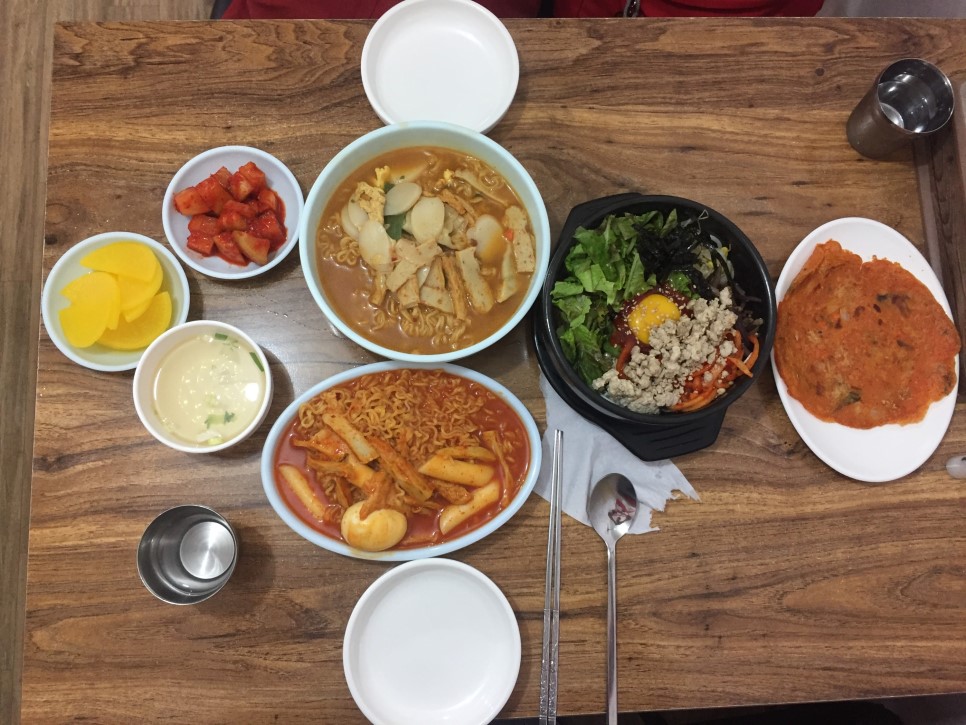
‘Bunsik’ refers to Korean flour based food. Typical ‘bunsik’ dishes include topokki (rice cake in spicy sauce), sundae (Korean blood sausage), tuigim (deep-fried food), gimbap (rice and other ingredients rolled in seaweed), noodle soup, and others. They are the Korean street/fast/school food. Today, I’ll introduce three great value-for-mony ‘bunsik’ places in three major traditional markets of Jeonju.
Nambu Market

Located next to Jeonju Hanok Village, Jeonju Nambu Market (Korean: Sijang) is probably the most famous traditional market in the region. Inside the market seems like a labyrinth, where the old stores and vendors lining up almost endlessly to your left and right.
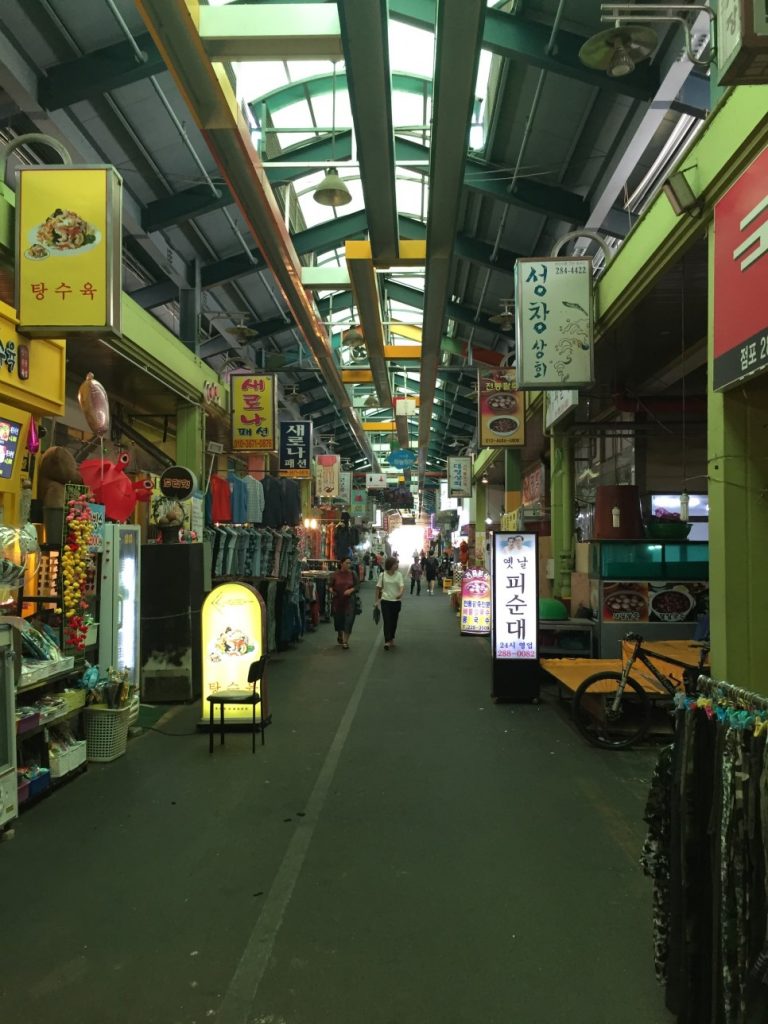
Thanks to the roof, it’s very comfortable to walk around the market no matter it’s raining or snowing outside. I came across the famous ‘Jojeomrye Pisundae’, the most famous Korean blood sausage restaurant in Jeonju, teeming with visitors from the morning till the evening.
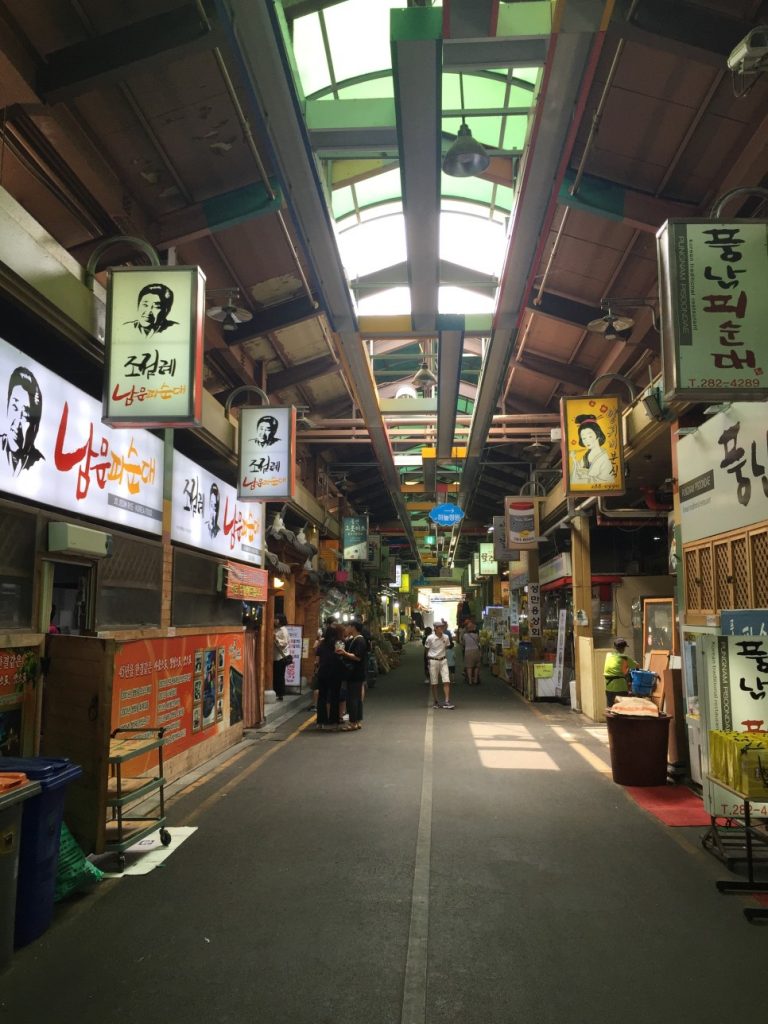
However, today I’m heading towards the next door place called ‘Yangguibi Bunsik’.
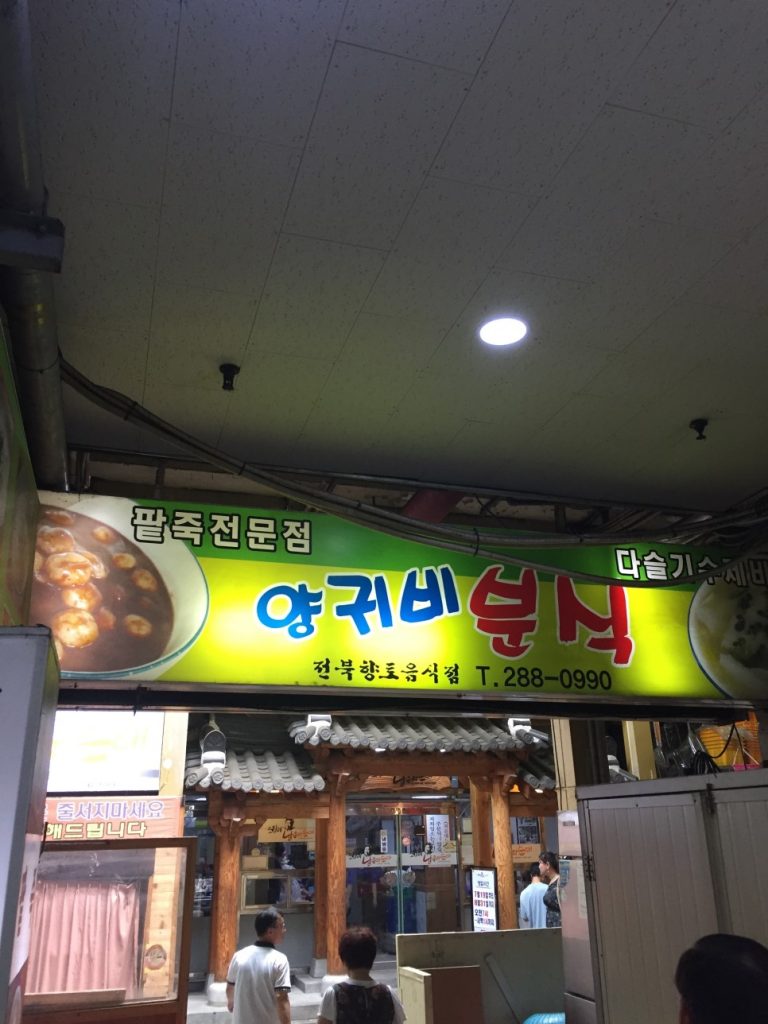
‘Yangguibi Bunsik’ is run by two grandmas. I asked them why the venue is named ‘Yangguibi’ (poppy flower). She replied “because it’s pretty. In the past, there used to be a really beautiful woman named ‘Yangguibi’”.
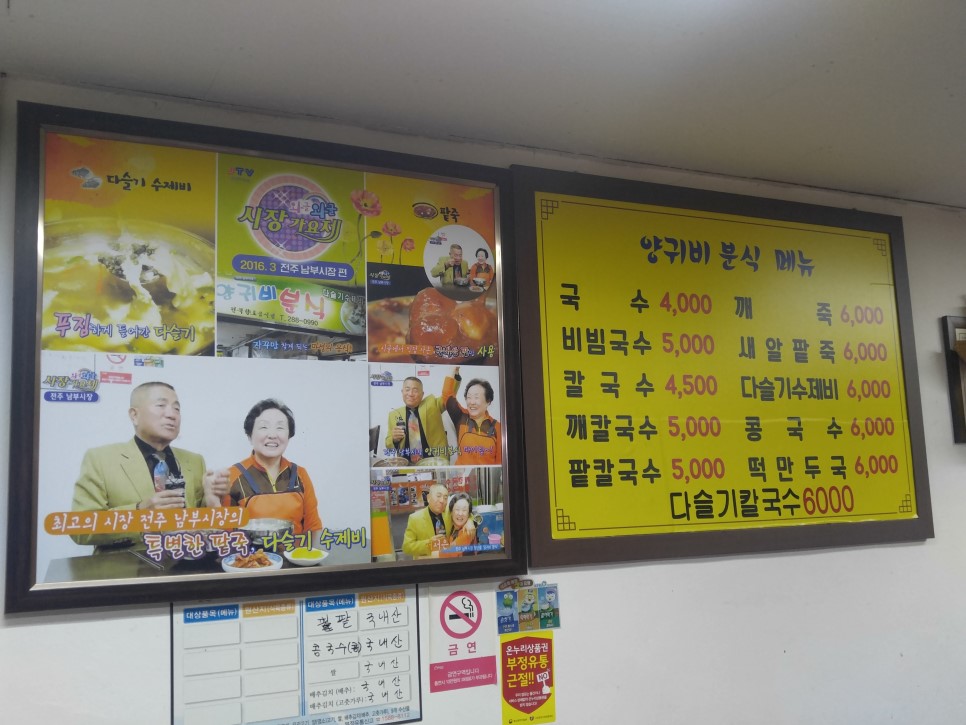
A bowl of noodle here only costs 5,000 won here. This is really cheap because in most places, a noodle dish usually costs at least 7,000 won.
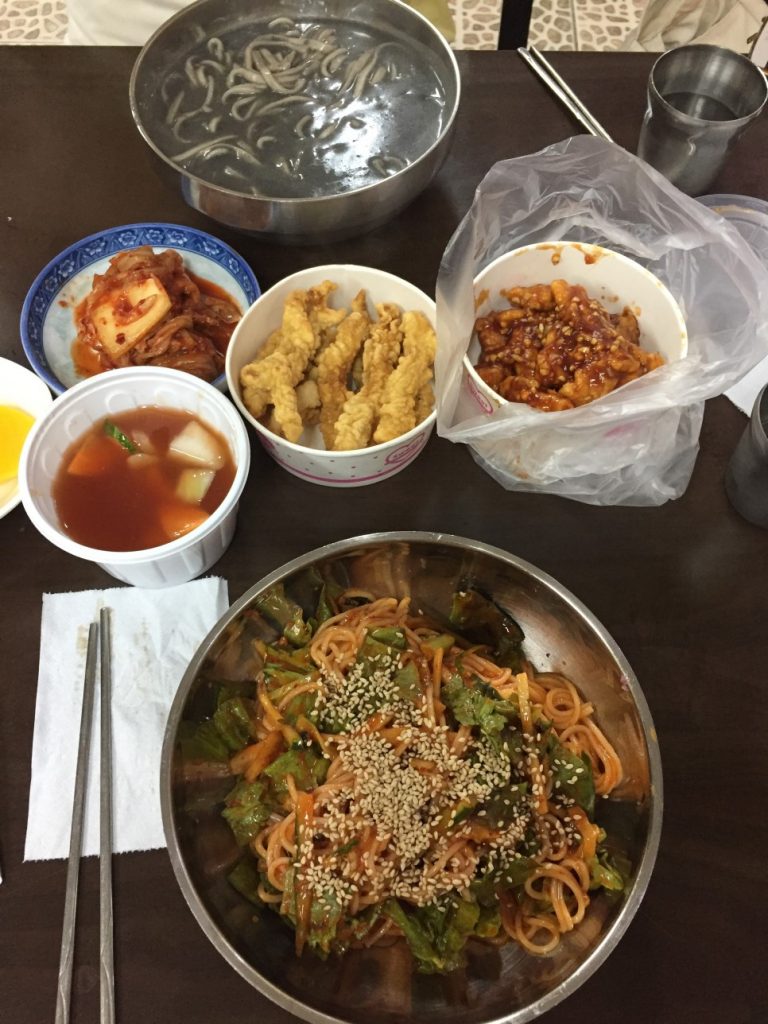
I ordered ‘bibim guksu’ (noodle with vegetable and spicy sauce) and ‘kae kalguksu’ (noodle with black sesame sauce). They were both big portions.
Moraenae Market

My next destination was Moraenae Market, about ten minutes away from Jeonju Hanok Village by taxi. Many buses routes to the rural outskirts of Jeonju (Wanjugun area) pass through Moraenae Market. That’s probably why there are many grandmas and grandpas in the market.
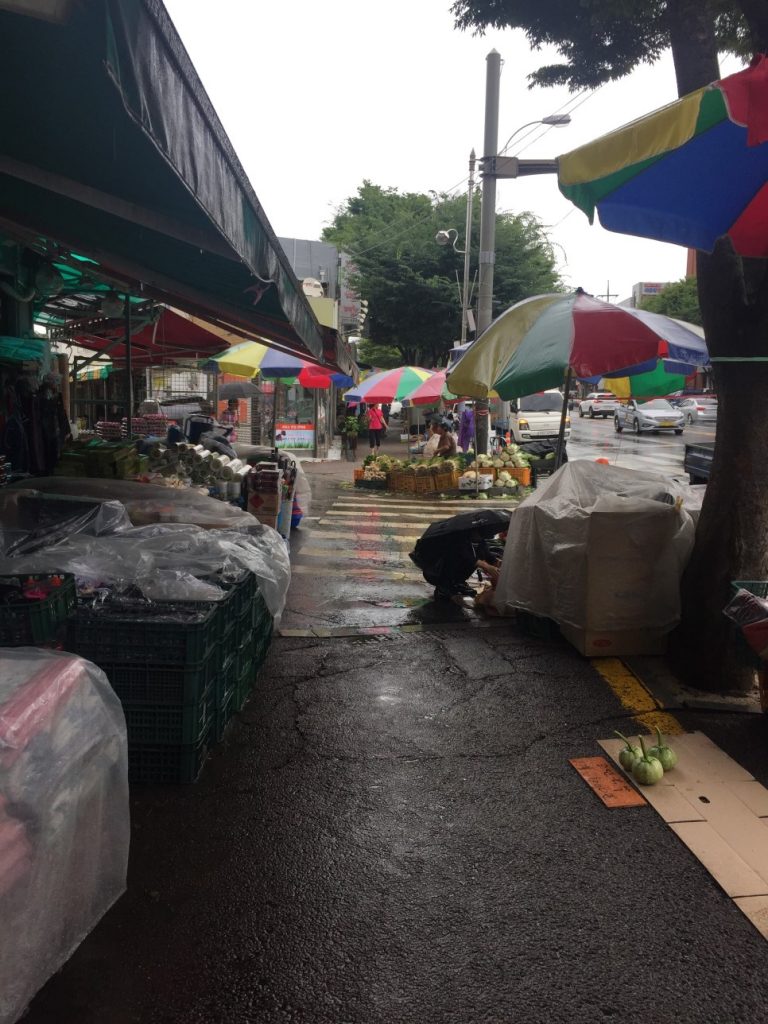
This is the entrance to Moraenae Market. But I take different route, along this road.
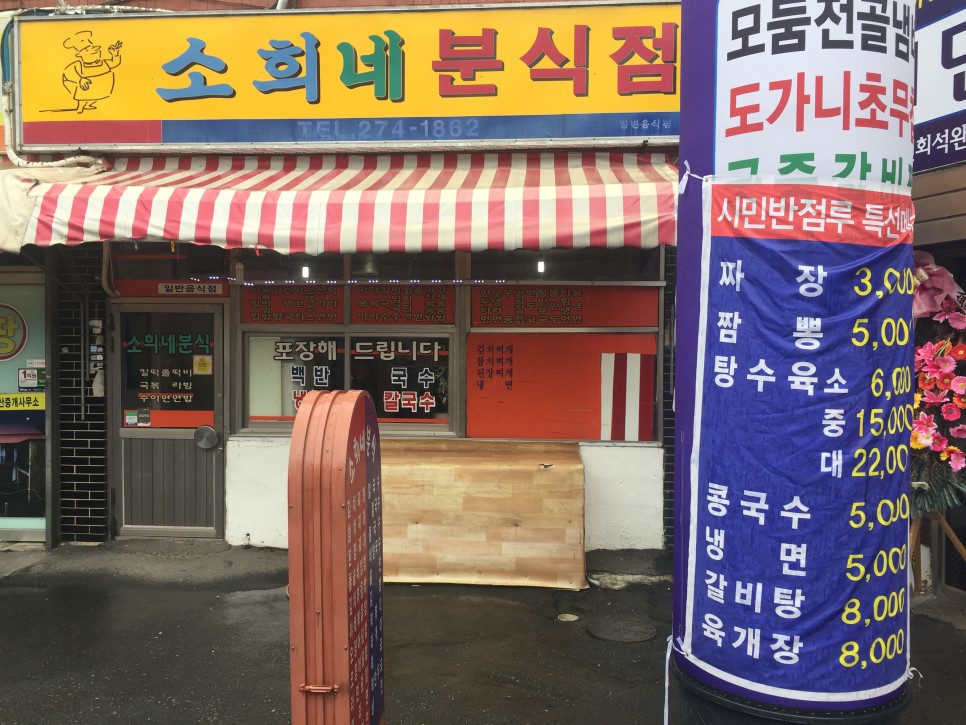
I walked for about 1-2 minutes to arrive at ‘Sohuinae Bunsik’. It has the surprising menu.
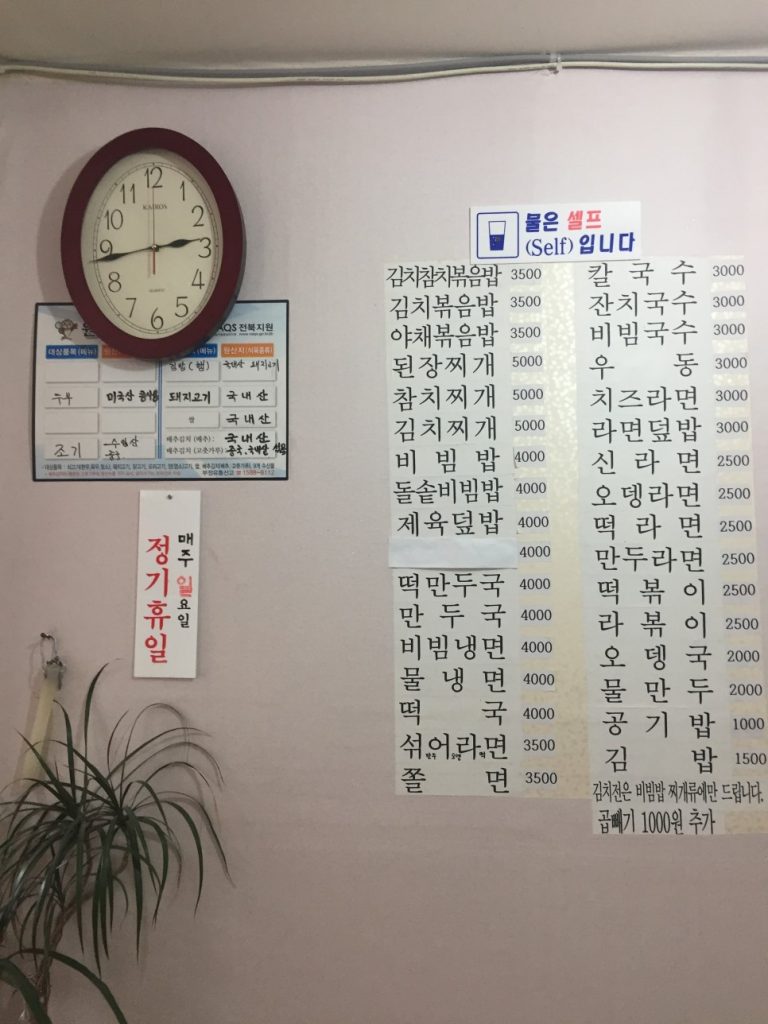
The year 2020 is already approaching, but the prices on the menu of ‘Sohuinae Bunsik’ are much cheaper than the those of the famous bunsik franchises. I ordered ‘dolsot (stone pot) bibimbap’, ‘rapokki (topokki with ramyun noodle)’, and ‘seoko ramyun (ramyun with dumplings, fish cake, and rice cake)’. All this combined costs less than 10,000 won. But there’s another surprise.

It was ‘buchimgae’ (Korean kimchi pancake) as side dish. It’s unusual to see ‘buchimgae’ as a side dish in a bunsik venue. The owner said that ‘buchimgae’ accompanies rice dishes. The prices on the menu have been quite lower than other places because most of the customers are students from the high school across the road.
Sinjungang Market
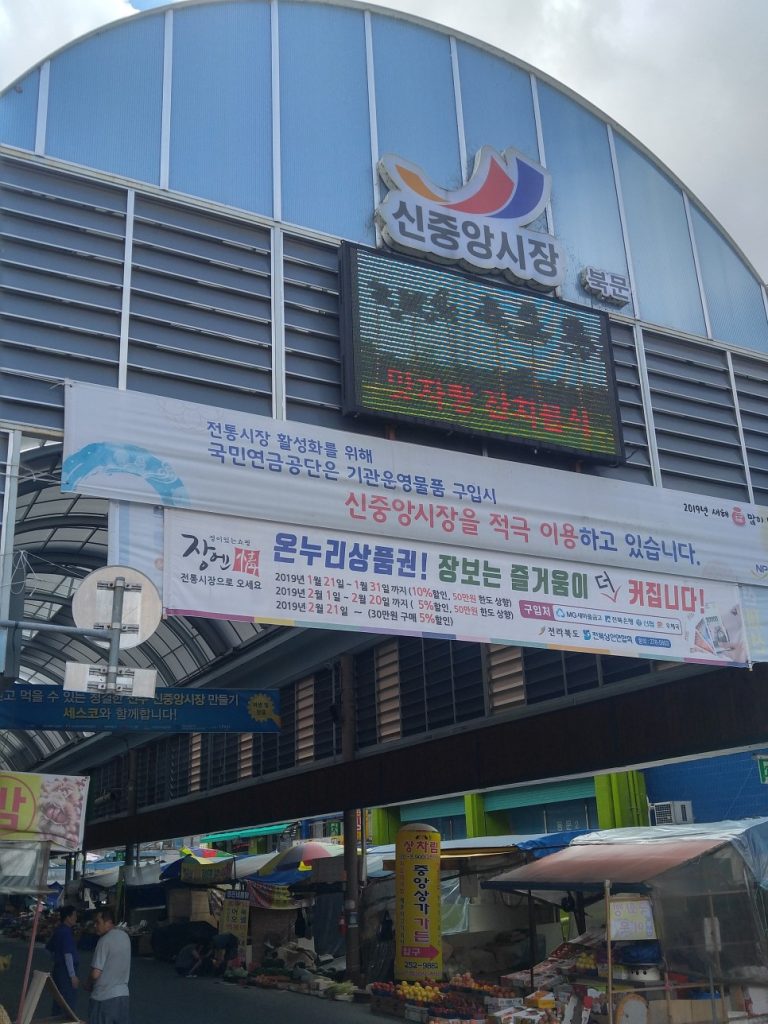
My last destination was Sinjungang Market, also about ten minutes away from Jeonju Hanok Village by taxi. Before the Lotte Department Store opened many years ago, Sinjungang Market used to be a bustling traditional market. Like Nambu Market, Sinjungang Market also runs night market with a wide variety of food carts.
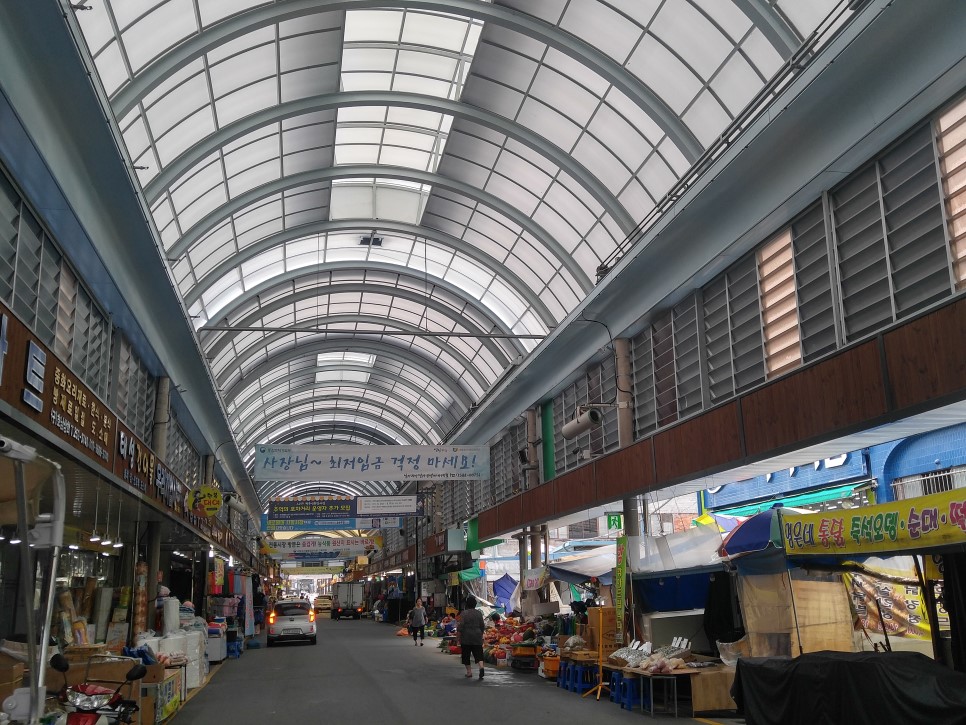
Sinjungang Market is also an all-weather traditional market, like the previous two. I visited ‘Maeil Bunsik’.

On the outside, it’s also written ‘Maeil Bangatgan (flourmill)’. However, let’s just call it ‘Maeil Bunsik’, because we came here for bunsik dishes.
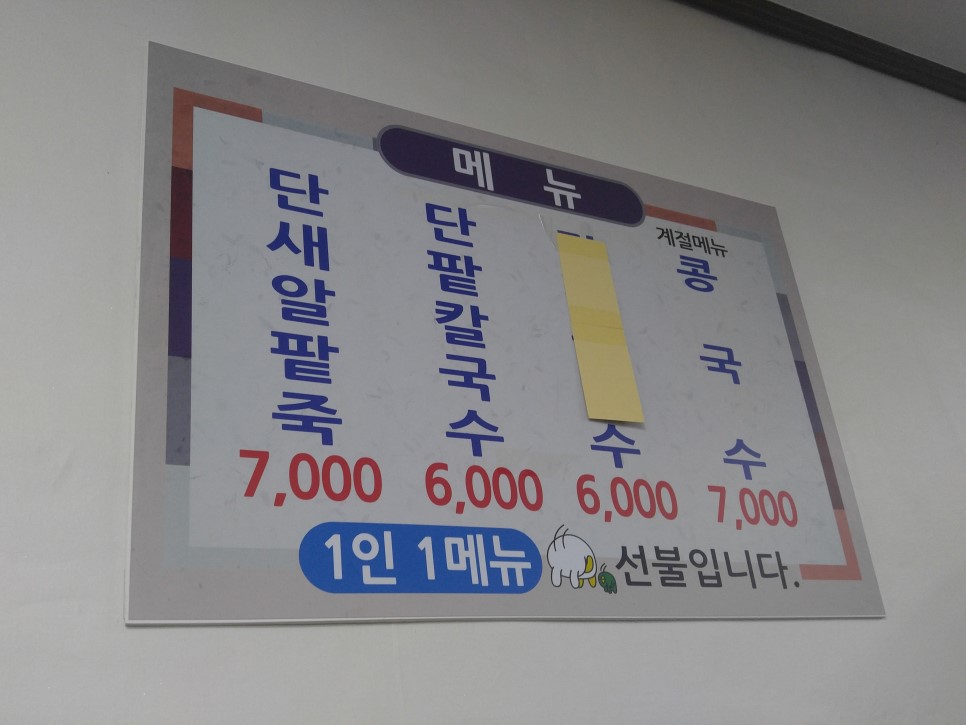
The menu of ‘Maeil Bunsik’ is very simple. Currently, there are only three dishes (including one summer dish, kongguksu: noodle in the cold bean soup). The available dishes were ‘saeal patjuk (red bean porrige with sticky rice cake balls)’ and ‘pat kalguksu (noodle in red bean porrige)’. The prices are about 1,000 won to 2,000 won higher than the previous two.
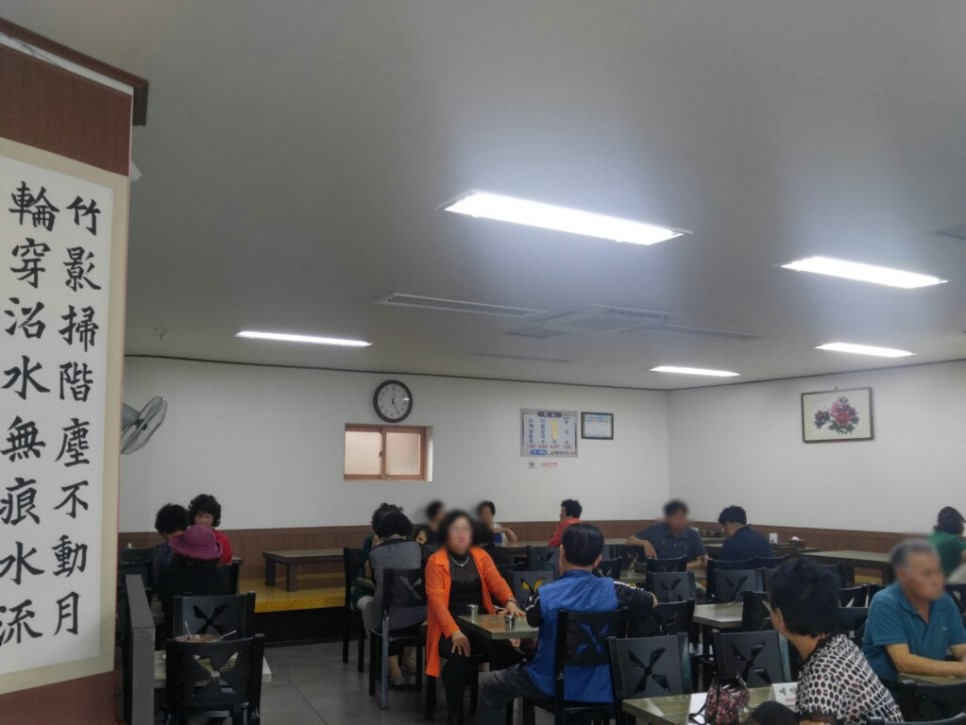
The venue is always crowded. Even when there’s no seat, you won’t wait too long because the dishes are quick eats. The orders are served fast.
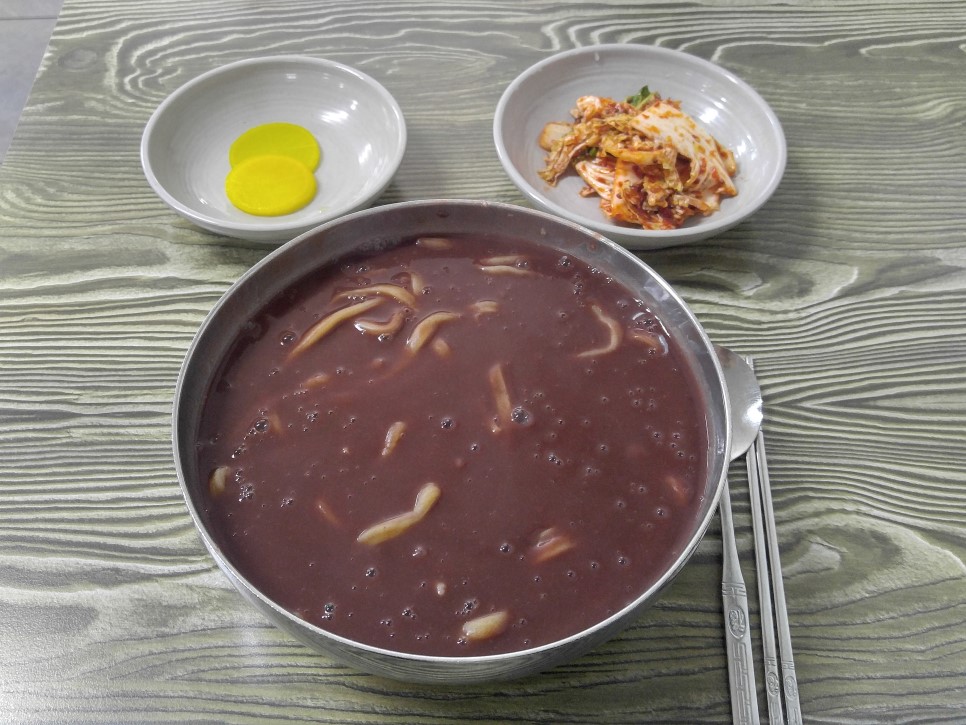
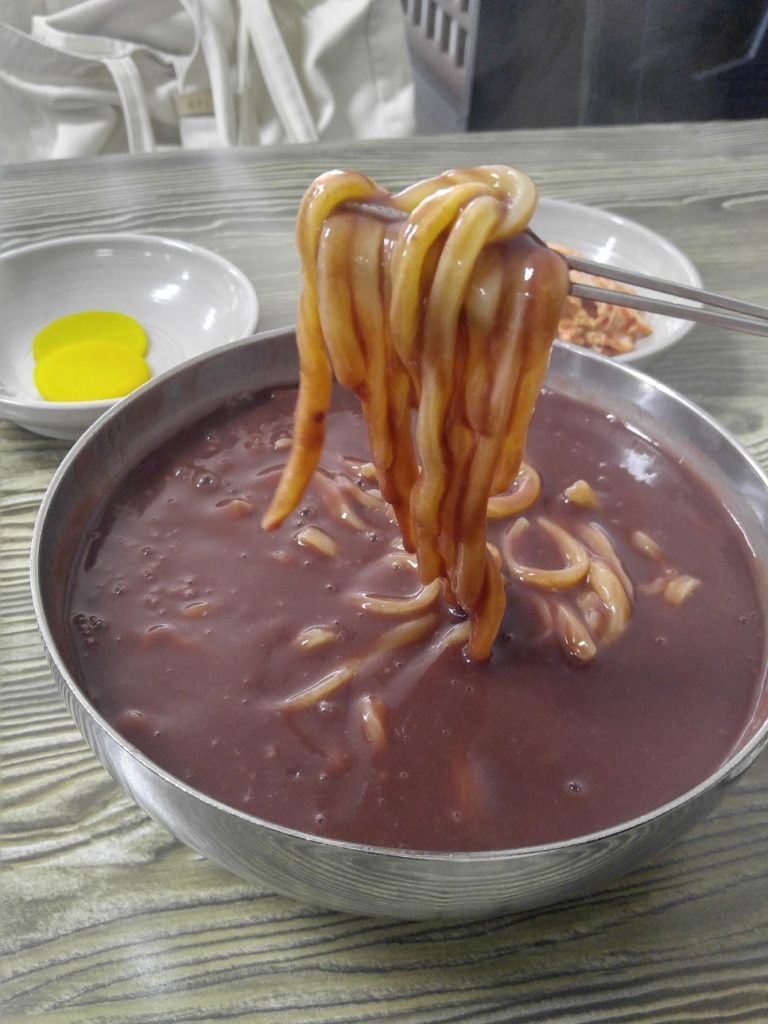
Both dishes tasted like authentic, grandma-made pat (red bean) dishes, nothing like those sold in convenience stores.
It’s difficult to have a meal with less than 10,000 won these days. However, if you go to the traditional markets, there are always the ‘bunsik’ places with history, big portions, great taste, and friendliness. I wish more people visit the traditional markets to have authentic Korean experience!


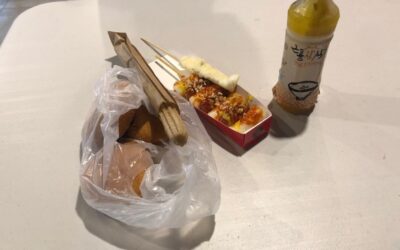

8 Comments